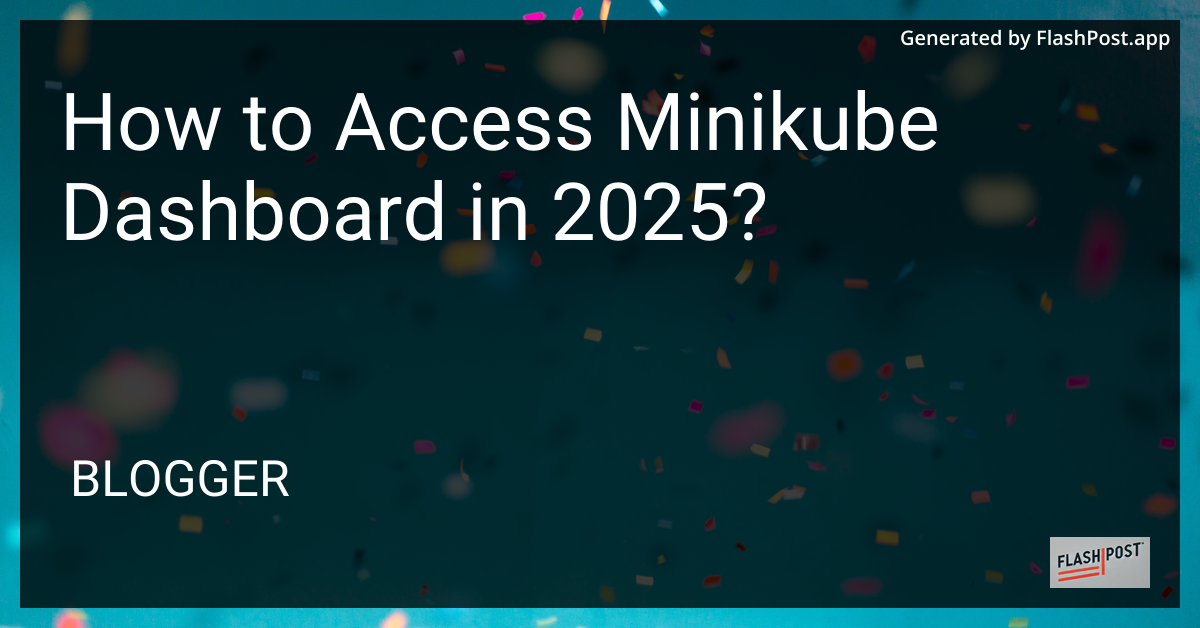How to Access Minikube Dashboard in 2025?

How to Access Minikube Dashboard in 2025
In 2025, accessing the Minikube dashboard remains a simple yet essential task for Kubernetes developers looking to manage local Kubernetes clusters effectively. This guide will walk you through the process of accessing the Minikube dashboard with ease. Whether you’re an experienced Kubernetes user or just getting started, this tutorial will help you navigate the latest updates in Minikube.
Prerequisites
Before you access the Minikube dashboard, ensure you have the following prerequisites met:
- Minikube Installed: Make sure that Minikube is correctly installed on your system. You can verify this by running
minikube version. - Kubectl Installed: Ensure
kubectlis installed so you can interact with your cluster. - Running Minikube Cluster: Start your Minikube cluster by executing
minikube start.
Step-by-Step Guide to Access Minikube Dashboard
Step 1: Start Minikube Dashboard
Start the Minikube dashboard by opening your terminal and running the following command:
minikube dashboard
This command will automatically open the dashboard in your default web browser, allowing you to monitor your cluster’s resources, create or modify Kubernetes objects, and much more.
Step 2: Access Minikube Dashboard Manually (Optional)
If the dashboard does not open automatically, you can manually access it by following these steps:
Get the Minikube IP Address: Determine the IP address of your Minikube cluster. You can find detailed instructions on how to get a Minikube IP address.
Access Dashboard via Browser: Open your web browser and navigate to the following URL, replacing
<minikube-ip>with your actual Minikube IP address:http://<minikube-ip>:30000Login if Required: If prompted, enter the necessary credentials. By default, Minikube does not require authentication.
Step 3: Troubleshooting Access Issues
Should you encounter any issues accessing the Minikube dashboard, consider the following:
- Verify Minikube is Running: Ensure Minikube is actively running by executing
minikube status. - Check Network or Firewall Issues: Ensure your firewall settings permit inbound connections to Minikube’s IP and port.
- Persistent Access: If you wish to keep Minikube running continuously for easier access, check out how to keep Minikube running all the time.
- SSH into Minikube Node: For advanced troubleshooting, learn how to SSH into the Minikube node.
Conclusion
Accessing the Minikube dashboard in 2025 remains a straightforward process with the right setup and understanding. By following this guide, you will have quick and reliable access to manage your Kubernetes applications locally. For advanced configurations and continuous operation of your Minikube environment, explore additional resources linked above.
Comments
Post a Comment